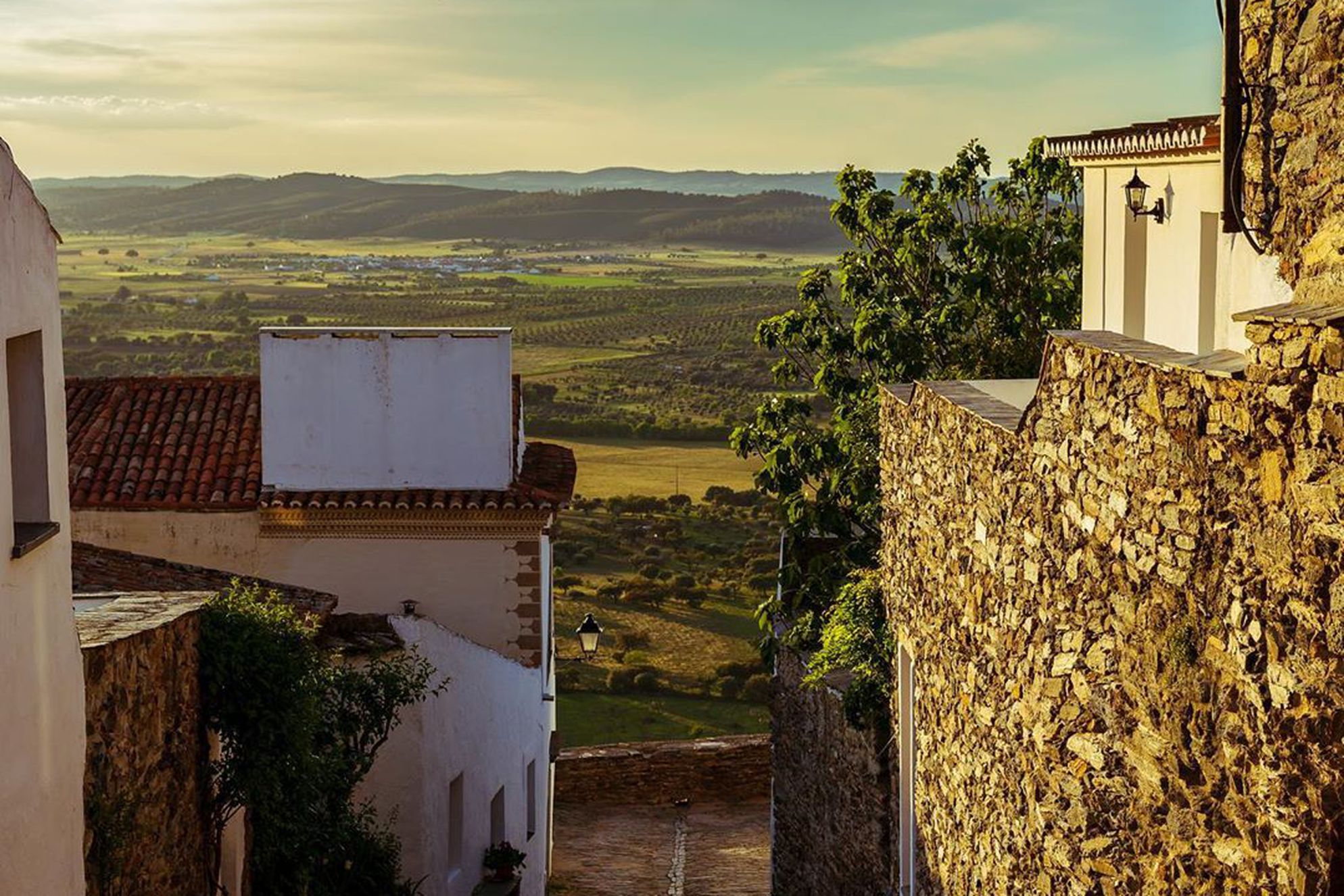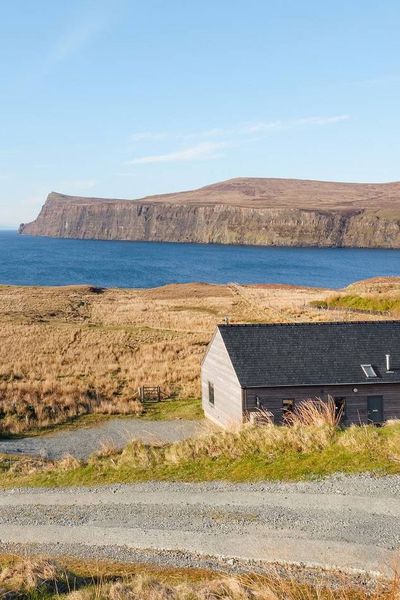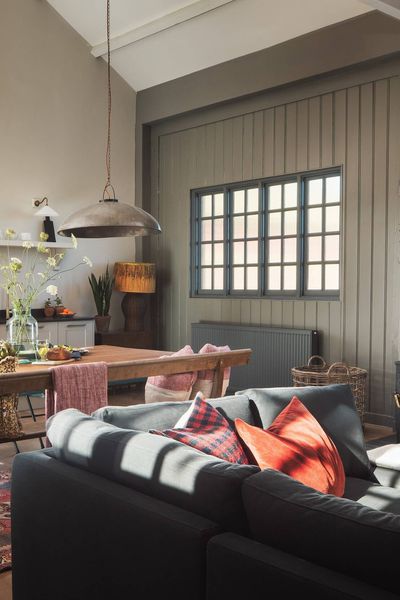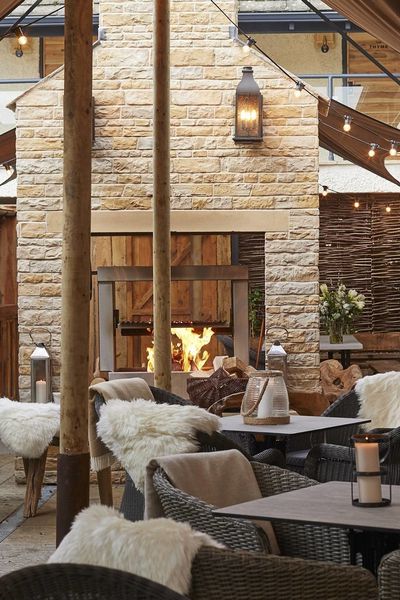Everything you need to know
The Alentejo lies on the south-west coast of Portugal, bordered by the Algarve to the south, Beira Baixa to the north and Andalucia over the Spanish border to the east. There are daily direct flights taking around 2h 15m to either Lisbon or Faro from many UK airports. You’ll have to drive around an hour and half from either when you arrive, probably heading for Odeceixe if you come from Faro and Evora if you start from Lisbon.


When to go
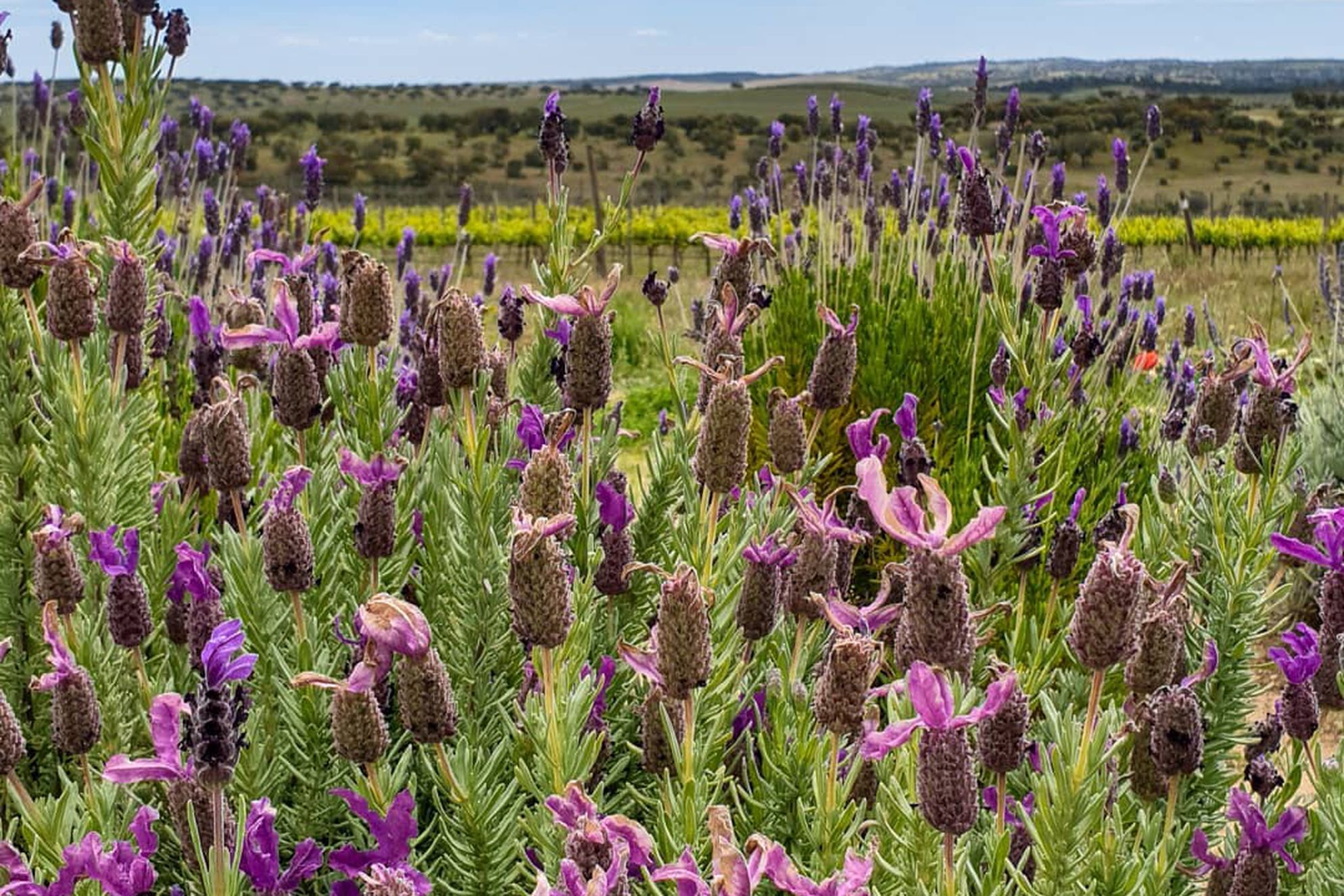
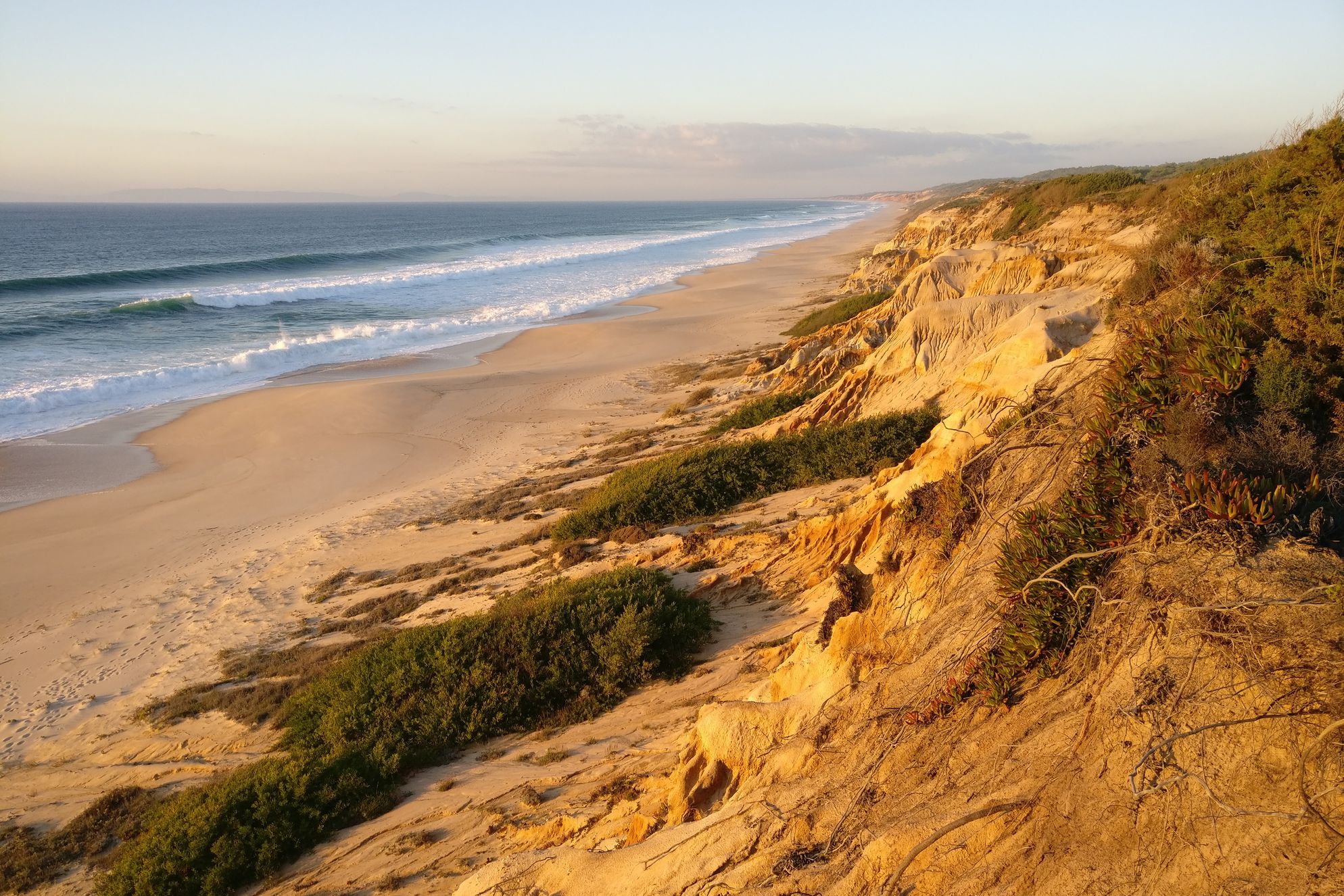




Our favourite destinations



